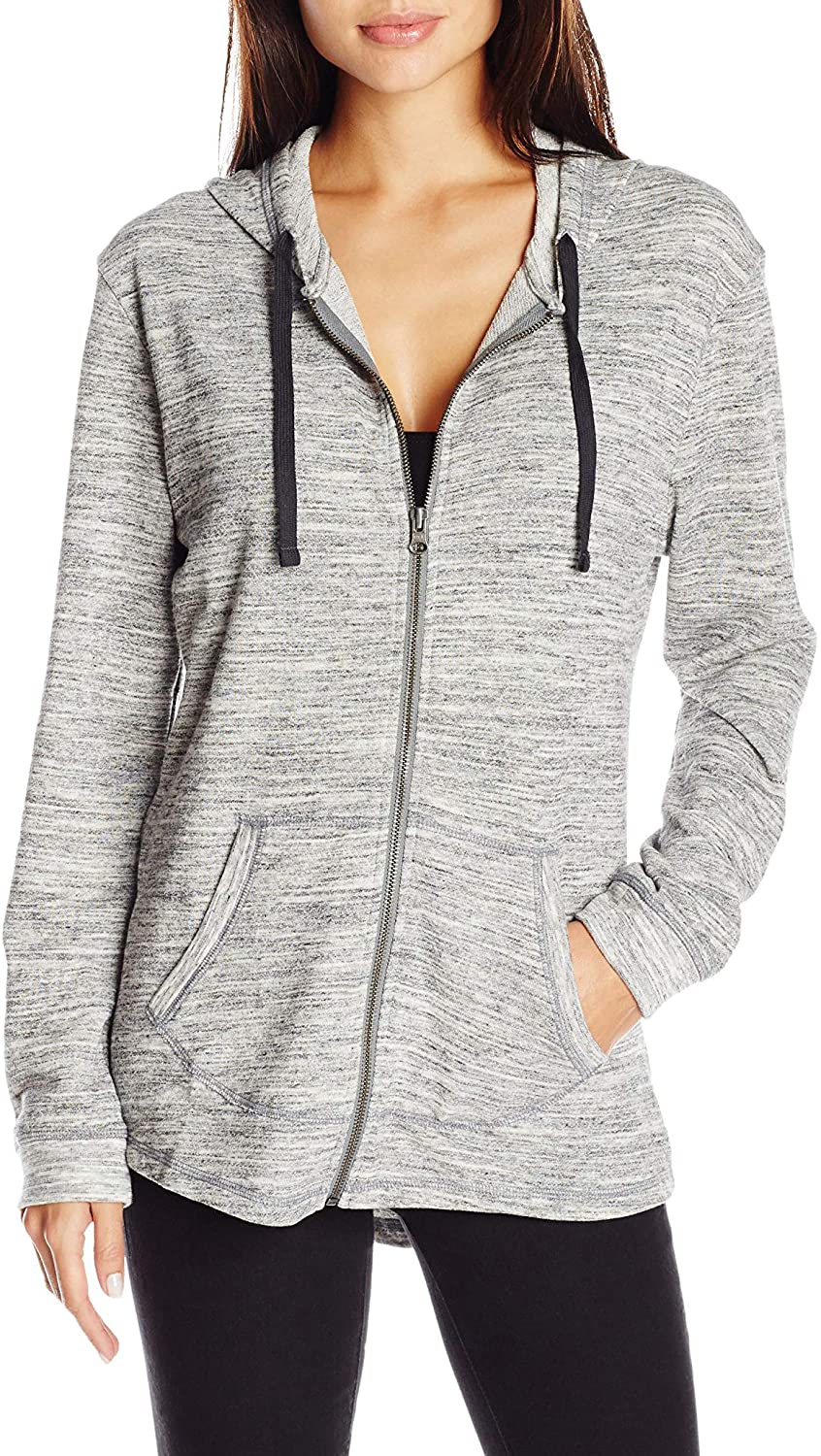Sweatshirts are long-sleeved shirts that are typically constructed from thick cotton fabric. They are typically used for casual wear, and are not as formal as sweater s or cardigans. They may not have a Hood. If you're interested in purchasing a sweatshirt, here are some tips:
Norma Kamali spread the appeal of sweatshirts
Since the mid-70s the Norma Kamali brand has transformed the basic sweatshirt into an art form. Her designs have become an integral part of almost all women's wardrobes. Her distinct designs range from a tummy-tucking crew neck , to leather paneled sweatshirts. Her clothing is also designed with unusual forms, like tanks with a long trumpet skirt.
A partnership between the designer and the sweatshirt maker Everlast led to her Timeless collection, which was a huge hit when it debuted in Spiegel's spring 2006 catalog. The collection offered interchangeable and convertible knits in classic shapes and many of the items were priced below $20. Even even if Kamali's Timeless collection wasn't sold in stores, buyers could still find these designs on eBay and Poshmark.
Merino wool sweatshirts provide more comfort than sweatshirts made of soft wool.
Merino wool is known for its moisture-wicking properties which help to keep you dry and comfortable. This is a naturally-occurring fiber that has a softer feel. It also drys quickly when compared with other natural materials. Additionally, merino is a sustainable resource. The merino sheep shed their coats each year and grow new ones.
Merino's weight-to-heat ratio is high, and the warmth of wool is what makes it a popular choice for sweatshirts. It helps to regulate body temperature thanks to its natural loft, which retains heat in the fibers. This is the reason Merino wool sweatshirts are great for outdoor activities in the summer, such as mountain biking, hiking and running. The warmth it provides keeps the wearer well-hydrated and cool, something that is important for working out.
Zip-front hoodies have kangaroo pocket

Kangaroo pocket Hoodies are a very popular type of hoodies. These hoodies have a large pocket in the front, which keeps your hands warm during cold days. They are additionally more practical than conventional pockets, since they allow your hands to slide in and out with ease.
The pockets of Kangaroos are typically big enough to accommodate a wallet or some other small personal items. https://stokholm-hampton.technetbloggers.de/what-to-anticipate-when-buying-a-new-sweatshirt-1682407095 enough to fit one hand in a smaller size or even wide enough to fit two hands. They have wide openings on either side , and make them ideal for carrying small items.
French terry fabric is a well-loved fabric for sweatshirts
The French Terry fabric is composed of soft yarns that are knit into loops and is typically midweight. It is also renowned because of its capacity to absorb moisture and is already pre-shrunk. French Terry is a fantastic choice for sweatshirts because it keeps you warm when you need it and keeps your cool when you want to cool off.
French Terry is also very popular for loungewearbecause it has enough stretch and flexibility to feel comfortable on your skin. It also allows for enough air to circulate around the fabric, which makes it ideal for layering underneath other clothes. In addition, because it's lighter than other sweatshirts you can wear it all year round without feeling too hot or cold.
Hoodies have classist connotations
While it could appear that hoodies are just an appropriate clothing item for those who are working class but the truth is that they have a classist connotation. Hoodies were first used in the early 1970s in New York, where graffiti artists would wear them to conceal their identities. In 1976, hoodies made their major film debut in "Rocky," when the working-class title character wore grey sweats with hoods during his memorable climb up the Philadelphia Museum of Art.
Hoodies are frequently linked to death, destruction and other negative things, but they can also be used for practical reasons. For example, monks and priests can wear hoods to demonstrate respect and a sense of self-control.
